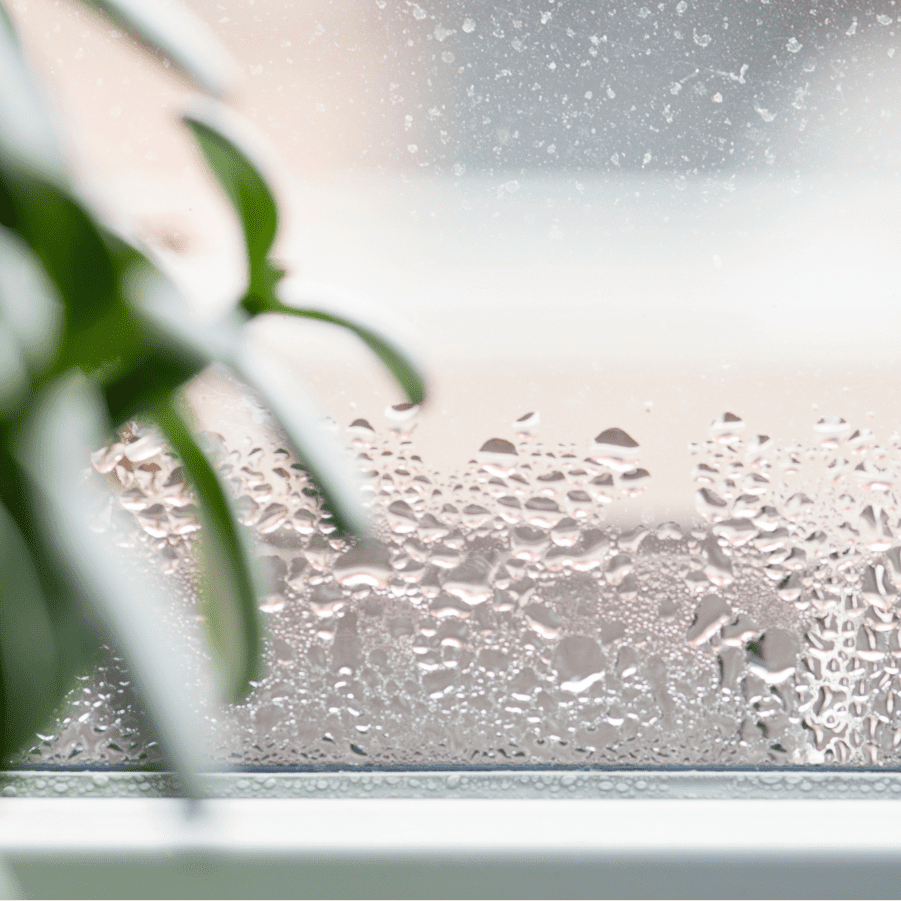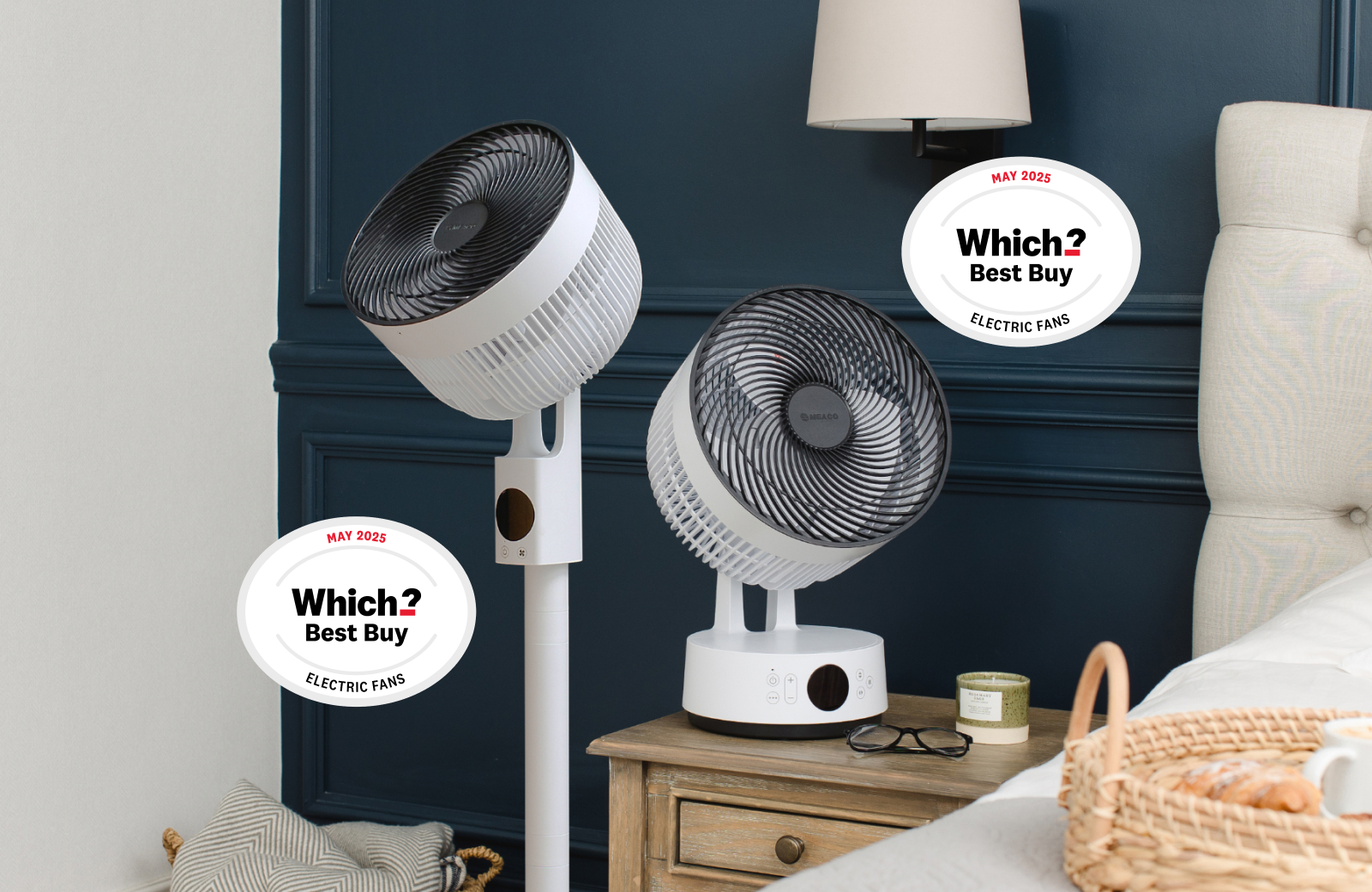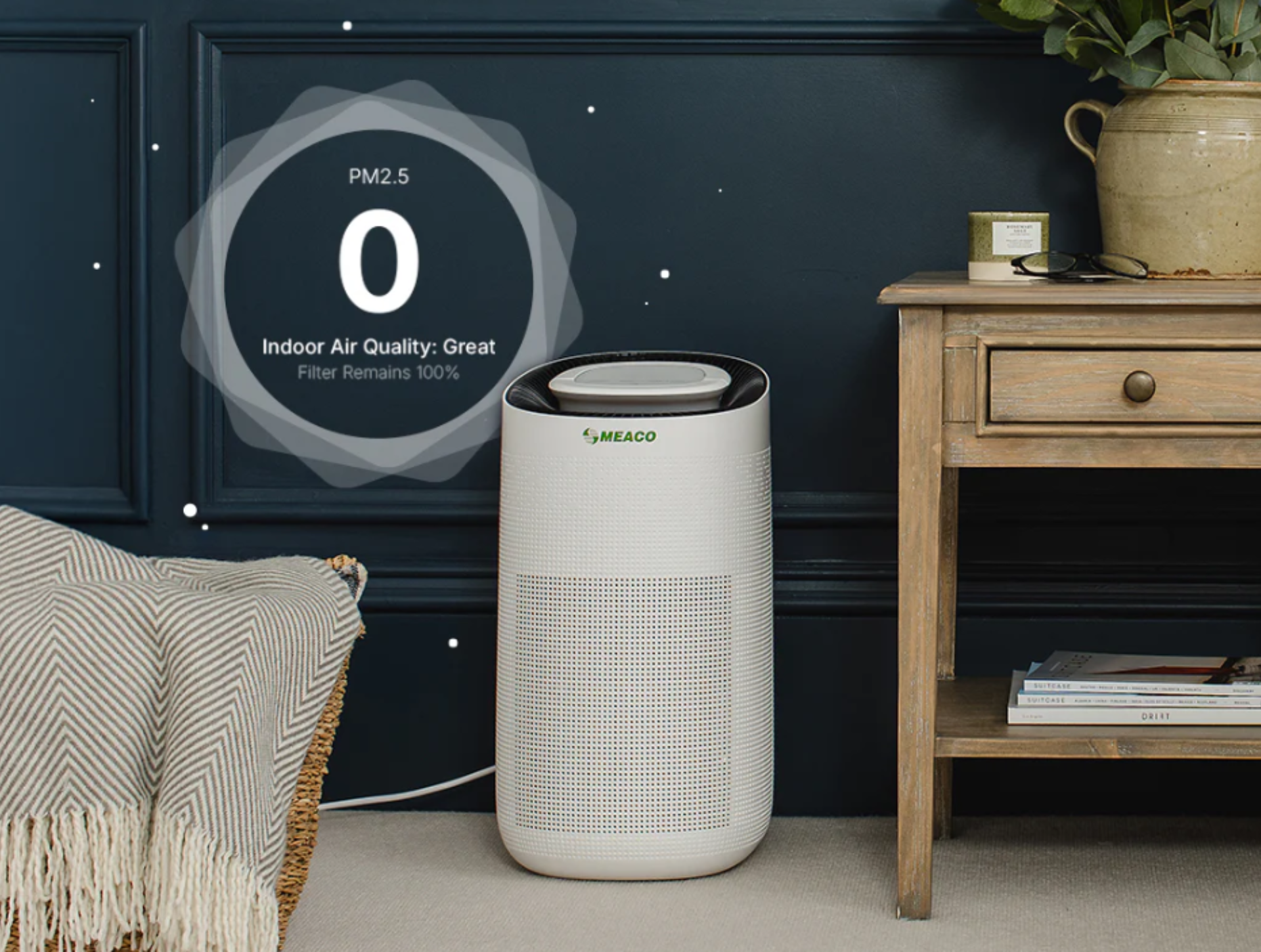
While we may be familiar with condensation forming on our windows as the weather gets colder, many of us do not know why it forms or how it can be prevented. Let’s take a look at what causes condensation and what you can do to get rid of it before it becomes a problem.
You may have noticed the air outside getting cooler, wetter and when you boil the kettle or run a shower, you can feel the air inside retaining more of that moisture. You may even be seeing condensation already. As the weather begins to get colder and the window panes create a cold plate for moisture droplets to congregate, condensation can form. If left untreated, this unsightly moisture creates ideal conditions for mould to flourish, which can create damp smells, damage fabrics and decorations, and even cause respiratory illnesses.
Window condensation can be a chore to mop up each morning, however it can be greatly reduced and even completely prevented. To win this battle and reduce condensation, it’s essential to first understand why it’s happening.
How does condensation form?
There are three factors that determine whether condensation forms on your windows: the level of moisture in the air, the air temperature of the room and the surface temperature of the windows.
The more moisture there is in the air, the more likely it is that condensation will form. Much of this moisture is difficult to avoid though, as it comes from day-to-day activities such as drying clothes indoors, boiling vegetables, turning on the kettle, bathing, showering, and even just breathing.
The warmer a room is, the more moisture the air can hold. The colder the windows are, the greater the difference will be between the temperature of the air in the room and the glass’ surface. The greater the difference, the higher the chance of condensation forming. When windows are colder, less moisture is required for condensation to happen, which is why we see less condensation in warmer weather when windows aren’t as cold.
The condensation cycle
The development of moisture in the air plus changes in temperature causes a natural cycle in our homes. We put moisture into the air from normal daily activities and when the temperature drops overnight, the moist air makes contact with the windows and condenses. We might wake up to water dripping down the windows. Then, as the day continues, moisture builds up again with those same daily activities.
To help break this cycle, we need to look at where the moisture is being created and how this can be prevented. Actions like putting lids on saucepans when cooking, doing an extra spin cycle when using the washing machine to avoid excessively damp clothes drying, and using an extractor fan in the bathroom when showering can help a lot.
However, producing moisture is impossible for us to avoid entirely.
Solving the problem of condensation
Opening a window is a simple act that can help reduce condensation, but this is only a temporary fix and has added repercussions. The new air coming in from outside could be colder, creating a draft and requiring your heating system to work harder which will increase heating bills. Additionally, outside air may not be as clean and could bring in allergens and pollutants to your home.
You also need to consider how safe it is to leave a window open, and whether the air coming in is actually dryer than the air going out. Average relative humidity (RH) in the UK is often high enough throughout the year to create mould in your home (above 68% RH), and is certainly high enough to cause condensation.
The best solution to remove moisture and therefore reduce condensation at home is a dehumidifier. It is a simple but effective machine that removes the excess moisture from the air and turns it into water that collects in a small tank. This will reduce the relative humidity in the room (RH) and there will not be enough moisture in the air for condensation to form on the windows.
Dehumidifiers will provide you with further benefits, too. Reducing the moisture level in a room will mean the air is quicker to warm up, helping you save on your heating costs. Most dehumidifiers are cost effective to run and are significantly cheaper to operate than a tumble dryer. This means a dehumidifier can also help you save money by drying clothes on an airer inside, all while keeping moisture levels low and combating condensation*.
*Based on a dehumidifier that can extract up to 12 litres a day and runs at 0.157 kWh, and the average tumble dryer using roughly 4.5kWh per cycle. Calculations are based on the price of 30p per kWh (August 2023).
Featured products: Dehumidifiers








4 responses
Interesting! Would be good to know if there was an ideal time of the day to put the dehumidifier on.
Lindsay,
Thank you for your question.
With a dehumidifier you need to know what the local relative humidity is to make the correct decisions about when to turn on and when to turn off, this is best done by the dehumidifier, in the location that you want to dry. The dehumidifier has an advantage over any third party device in that it has the fan to draw air over it’s sensor so it can sample a larger volume of air.
The other reason that people want to use a smart device is to limit the number of hours that the dehumidifier runs for. The flaw in that idea is that this does not take into account the level of relative humidity at any one time of day. If you only run the dehumidifier at night for example then the moisture that is generated during the day is allowed to migrate around the home and it will be absorbed by the organic material in the home (floors, walls, furniture, clothes, bedding, paper, books, paintings etc) and when the dehumidifier is turned on at night the moisture will no longer be in the air and the effect of the dehumidifier will be limited, but the moisture will be able to damage of those materials that have absorbed the moisture during the day.
Therefore it is best to leave the unit on to decide when to extract.
Hope this helps to understand our logic.
Omar@Meaco
I bought a DDL8i 10 years ago. And I’ve lived permanently on a boat ever since. First a larger motor yacht and now, for the last 4 years, on a sailing yacht. In the north, in the south of Europe and now on the Azores Islands. Cooking, showering and washing clothes. Naturally, there is always a lot of humidity. With the MEACO DDL8i I have this under control. My appliance has been working perfectly for 10 years now. Only dust sometimes has to be removed with some effort. A tip would be to make it easier to open the appliance to access the heater and fan. Otherwise I am totally satisfied and the efficiency is still exceptionally high. Highly recommended to live aboard people with a boat.
Thank you for your positive feedback, most users are not able and becomes a hazard if we were to invite opening these units, voiding the warranty, we therefore arrange for the units to come into our workshop and our trained technicians to resolve the issues.
Thanks again.
Omar@Meaco.